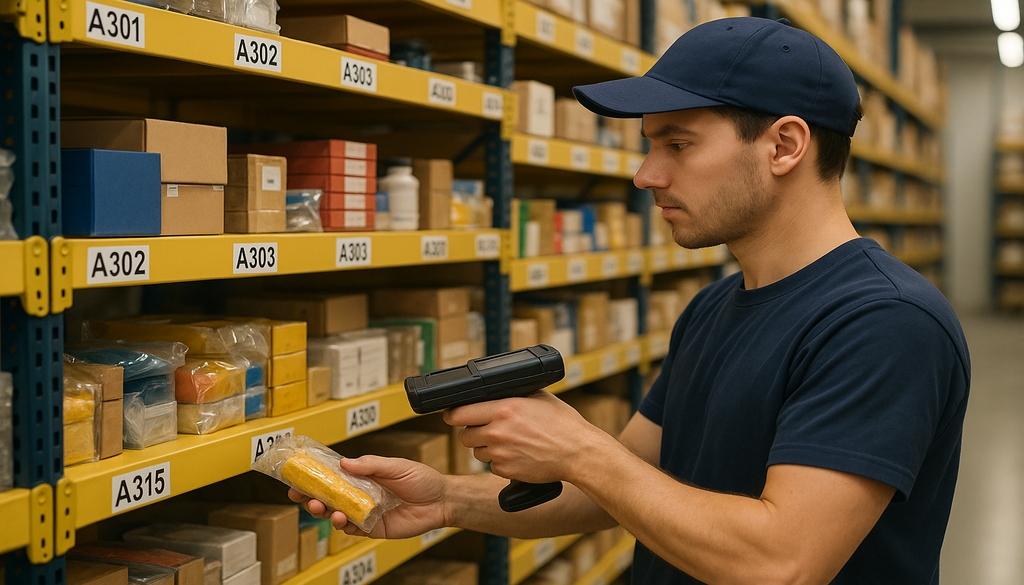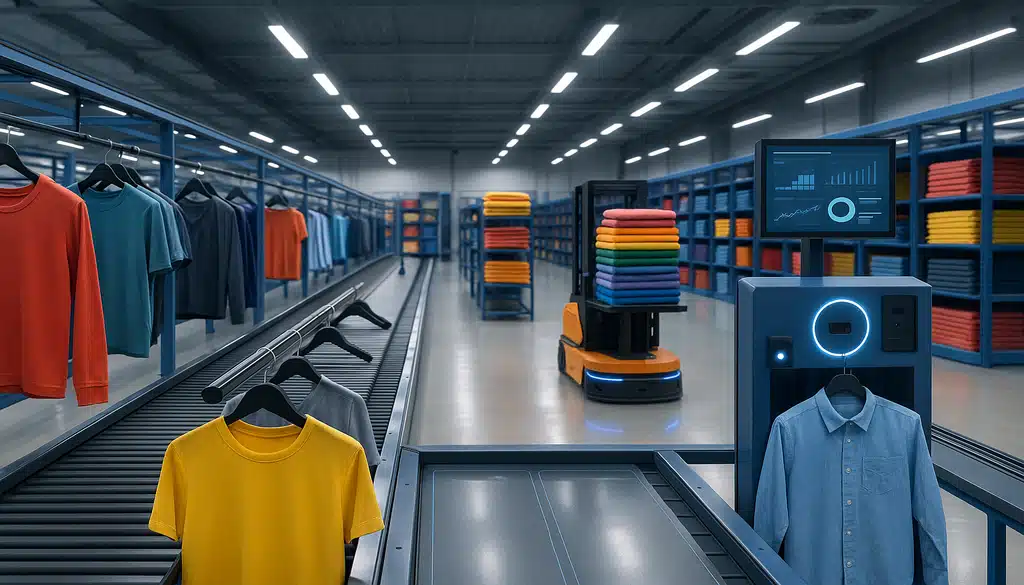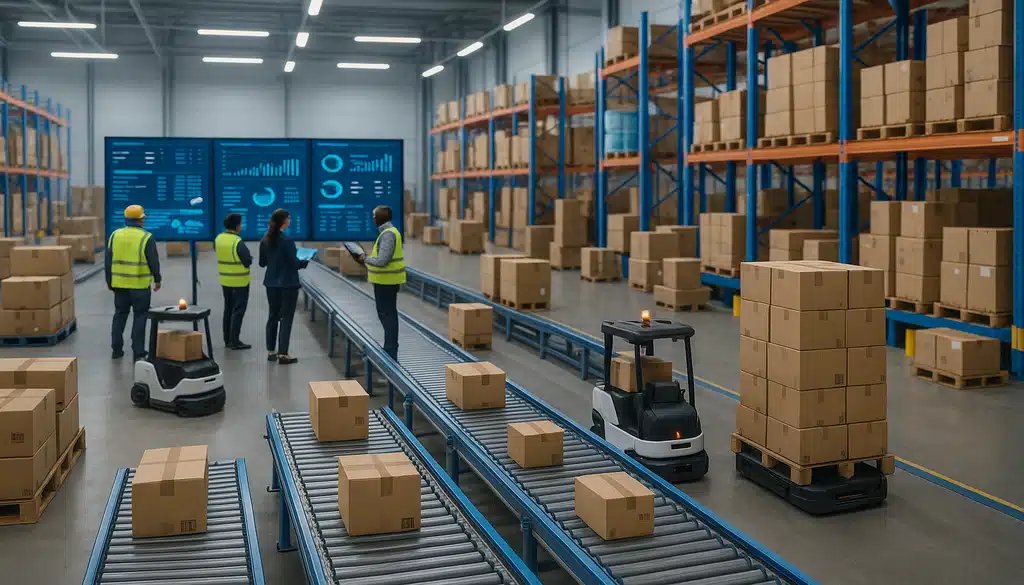
Mastering Piece Picking in Order Fulfillment: Key Benefits and Effective Techniques
Introduction
In the fast-paced world of logistics and supply chain management, the efficiency of order fulfillment processes can make or break a business. Among these processes, piece picking plays a pivotal role in ensuring that individual items are accurately selected and dispatched to meet customer demands. This guide explores the critical role of piece picking in enhancing operational efficiency within warehouses. By understanding its benefits and techniques, warehouse managers and logistics professionals can optimize their operations, reduce errors, and improve customer satisfaction. This comprehensive overview will equip you with actionable insights to refine your piece picking strategies.
Understanding Piece Picking: An Overview
Piece picking, also known as discrete picking, involves selecting individual items to fulfill customer orders. This method is particularly important in environments where orders consist of a variety of products, each requiring careful handling and selection. Unlike batch picking, where multiple orders are picked simultaneously, or zone picking, where pickers are assigned specific areas, piece picking focuses on one order at a time. This approach is ideal for businesses with diverse inventories and high SKU (Stock Keeping Unit) counts, as it allows for greater accuracy and flexibility.
Piece picking is crucial in sectors where precision is paramount, such as e-commerce and retail, where customer satisfaction hinges on receiving the correct items promptly. By focusing on individual orders, piece picking minimizes the risk of errors and ensures that each item is handled with care, ultimately enhancing the overall customer experience.
Key Benefits of Piece Picking in Warehouse Operations
One of the primary benefits of piece picking is its ability to optimize inventory management. By handling items individually, warehouses can maintain better control over their stock levels, reducing the likelihood of overstocking or stockouts. This meticulous approach also minimizes picking errors, which can lead to costly returns and dissatisfied customers. Furthermore, piece picking can significantly impact order processing times. By focusing on one order at a time, warehouses can streamline their operations, ensuring that orders are fulfilled quickly and accurately.
Customer satisfaction is another critical area where piece picking excels. In today’s competitive market, consumers expect fast and accurate deliveries. Piece picking allows warehouses to meet these expectations by ensuring that each order is handled with precision and care. This not only enhances the customer experience but also fosters loyalty and repeat business.
Essential Techniques for Effective Piece Picking
To maximize the efficiency of piece picking, warehouses can employ various techniques. Single-order picking involves selecting items for one order at a time, which is ideal for smaller operations or those with low order volumes. In contrast, multi-order picking allows pickers to handle multiple orders simultaneously, increasing efficiency in high-volume environments. This technique requires careful planning and organization to ensure that items are correctly allocated to each order.
Technology plays a crucial role in enhancing piece picking processes. Tools such as mobile scanners and voice-directed picking systems can significantly improve accuracy and speed. Mobile scanners allow pickers to quickly identify and verify items, reducing the risk of errors. Voice-directed systems guide pickers through the warehouse using verbal instructions, freeing up their hands and allowing them to focus on the task at hand. These technologies not only streamline operations but also improve the overall efficiency of the picking process.
Integrating Technology with Piece Picking
Warehouse Management Systems (WMS) are integral to streamlining piece picking operations. A robust WMS provides real-time data on inventory levels, order status, and picker performance, enabling managers to make informed decisions and optimize their workflows. By integrating WMS with piece picking processes, warehouses can enhance their operational efficiency and reduce the likelihood of errors.
The adoption of mobile scanners and voice-directed picking systems further enhances the efficiency of piece picking. Mobile scanners allow pickers to quickly scan and verify items, reducing the risk of errors and speeding up the picking process. Voice-directed systems, on the other hand, provide pickers with verbal instructions, freeing up their hands and allowing them to focus on the task at hand. These technologies not only improve accuracy but also increase the overall speed and efficiency of the picking process.
Training and Best Practices for Piece Picking Staff
Effective training is essential for ensuring that staff excel in piece picking operations. Training programs should combine theoretical instruction with hands-on practice, allowing pickers to familiarize themselves with the processes and technologies used in the warehouse. Continuous feedback and performance assessments are also crucial for identifying areas for improvement and ensuring that staff maintain high levels of accuracy and efficiency.
Best practices for piece picking include maintaining a clean and organized workspace, which minimizes the risk of errors and enhances productivity. Regularly reviewing and updating picking routes can also improve efficiency, ensuring that pickers take the most direct path to each item. Additionally, encouraging open communication and collaboration among staff can foster a positive work environment and improve overall performance.
Future Trends in Piece Picking and Order Fulfillment
The future of piece picking is set to be shaped by innovations in robotics and artificial intelligence (AI). These technologies have the potential to revolutionize picking processes, enabling warehouses to automate repetitive tasks and improve overall efficiency. Robotics can handle tasks such as item retrieval and transportation, freeing up human pickers to focus on more complex tasks. AI, on the other hand, can analyze data to optimize picking routes and predict demand, further enhancing operational efficiency.
Augmented reality (AR) is another emerging trend that could transform piece picking processes. By overlaying digital information onto the physical environment, AR can provide pickers with real-time guidance and information, improving accuracy and speed. As these technologies continue to evolve, warehouses that embrace innovation will be better positioned to stay competitive in the fast-evolving logistics landscape.
Conclusion
Mastering piece picking techniques is essential for optimizing warehouse operations and meeting the demands of today’s consumers. By understanding the benefits and techniques of piece picking, warehouse managers and logistics professionals can enhance their operations, reduce errors, and improve customer satisfaction. Continuous improvement and technology adoption are key to staying competitive in the ever-evolving logistics landscape. As innovations in robotics, AI, and augmented reality continue to emerge, warehouses that embrace these technologies will be well-positioned to thrive in the future.
Frequently Asked Questions (FAQ)
Q1: What is piece picking and why is it crucial for modern warehouses?
A1: Piece picking involves selecting and handling individual items for orders, crucial for managing diverse inventory and meeting specific customer demands efficiently. It ensures accuracy and flexibility, particularly in environments with high SKU counts and varied product offerings.
Q2: How does technology enhance piece picking processes?
A2: Technology, such as Warehouse Management Systems (WMS) and automated picking tools like mobile scanners and voice-directed systems, streamlines operations, reduces errors, and speeds up the order fulfillment process. These tools provide real-time data, improve accuracy, and enhance overall efficiency.
Q3: What are some common challenges in piece picking?
A3: Challenges include managing high SKU counts, ensuring picking accuracy, and maintaining productivity under varying demand conditions. Additionally, integrating new technologies and training staff to adapt to evolving processes can also pose challenges.
Q4: Can piece picking be automated?
A4: Yes, automation in piece picking is feasible with robotics and AI, though it requires significant investment and integration with existing systems. Automation can handle repetitive tasks, improve efficiency, and allow human pickers to focus on more complex activities.
Q5: How can warehouses train staff effectively for piece picking?
A5: Effective training involves a mix of theoretical instruction and hands-on practice, supplemented by continuous feedback and performance assessments. Training should also include familiarization with new technologies and best practices to ensure staff maintain high levels of accuracy and efficiency.






